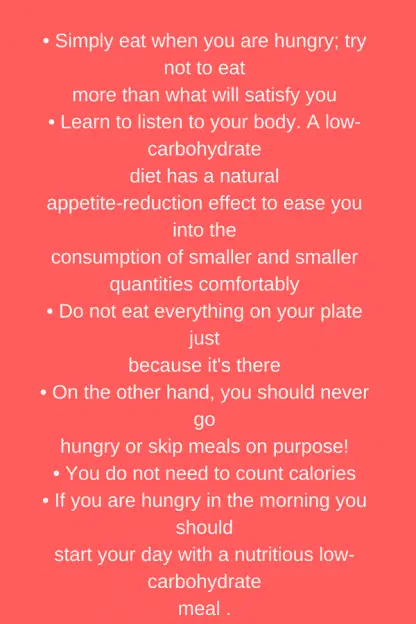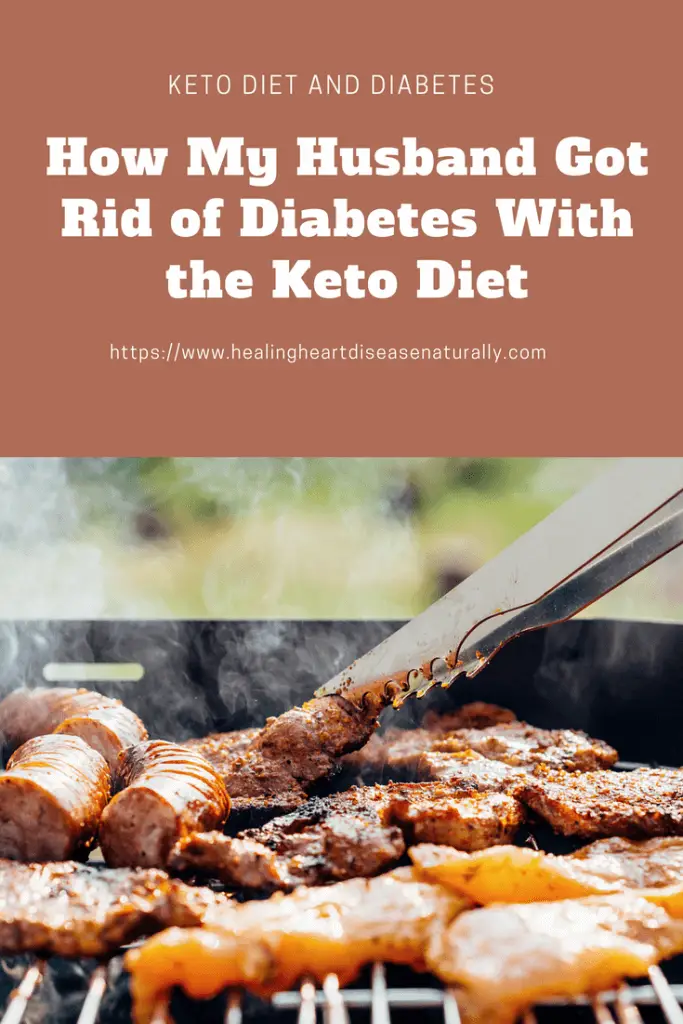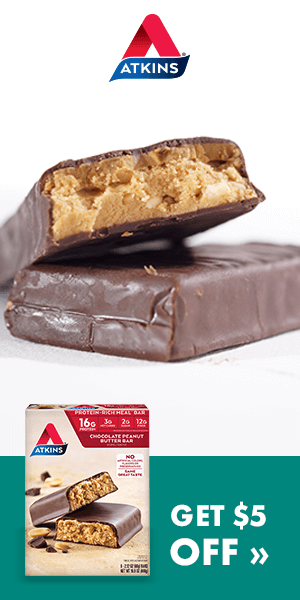Ketogenic diet or the keto diet has enormous health benefits. The diet is very misunderstood to be a “fat- feast”. The keto diet is not an all you can eat fat diet. In recent years, the keto diet has been shown to be effective in healing diseases such as diabetes, metabolic syndrome, and some forms of heart disease. The keto diet improves blood glucose levels.
What is Diabetes? The Keto Diet Improves Diabetes
Diabetes is the inability of the pancreas to secrete enough insulin to supply the needs of the body. Sometimes the pancreas makes enough insulin, but the body does not use it the way it should. When this happens, excess glucose enters the bloodstream and it causes all sorts of havoc.
There are different classes of diabetes:
- Type I diabetes– In this type of diabetes, the body does not make any insulin. Type 1 diabetes is usually diagnosed in childhood.
- Type 2 diabetes’- In the majority of times, Type 2 diabetes is a result of lifestyle.
- Gestational diabetes– This type of diabetes occurs during pregnancy. Often times, with weight loss and good nutrition it will go away. Sometimes, gestational diabetes does not go away.
Diabetes Symptoms
My husband has always been athletic. He exercised regularly including aerobics, walking, and lifting weights. His symptoms started months earlier and the symptoms would vary. One of his main symptoms was fatigue. He attributed the fatigue ironically to not working out enough. He increased the workup and the fatigue got worse.
Then my husband started to get vision problems. Again, he chalked it up to “getting old”. So he went to the Dollar Store and bought some reading glasses. He was already taking high blood pressure medication so he went to his doctor to inquire about changing the medications. The symptoms did not subside.
Then one day, he started to urinate every two hours. Now I have to tell you I am a nurse, and I am well versed in diabetes symptoms. The increased urination caught my eye. In nursing school, we were taught the three “P’s” of diabetes: polyuria (increased urine), polyphagia (increased appetite), and polydipsia (increased thirst). Therefore, I put the signs and symptoms together and convinced him to go to the hospital.
The other signs of diabetes that he did not have are :
- Weight loss or weight gain
- Nausea
- Slow healing wounds
- Sweet breath odor
- Numbness of extremities
- Excessive hunger
How Is Diabetes Diagnosed
When we got to the emergency room, my husband tried to convince me that he was fine. However, I knew this was not the case because of my experiences with diabetes patients. After a couple of hours, they took us back and drew blood and did X-rays.
When the doctor came into the room with the lab results, he told us my husband’s glucose was 501 and HbA1C was 10. Well, I knew he was going to be admitted so I began making phone calls to his job, etc. The doctor came in and told my husband he would be admitted. My husband looked at the doctor and said,” He was not staying in the hospital”.
I thought I heard what my husband said, but I asked him to repeat it. He repeated he was not staying in the hospital. As a nurse, I was devastated. I have had patients to leave the hospital AMA (against medical advice), but I never imagined I would be dealing with this personally. He signed the AMA papers and on the way home, he told me about this diet he heard was helping people get rid of diabetes. He said I will do it “my way”.
As a nurse, all I knew was that he was at risk for a coma, kidney failure, blindness, and other health problems. I did not sleep at all that night because I thought something would happen to him. While I was worrying, he was on the internet researching this “diet”. He told me the diet was called the Keto or Ketogenic diet.
Standard American Diet Contributes to Diabetes
Let me tell you what my husband’s diet used to consist of. He ate sugar every day. Six donuts at one time. He would eat bowls of Kellogg’s frosted flakes. He would Snickers bars like they were going out of style.
We were told as Americans to eat low fat and increase the grains. Diabetes is at an all-time high in this country. Obesity is a pandemic. Children are developing Type 2 diabetes. He stated it was originally developed by Johns Hopkins Hospital to treat seizures in children. He told me he would start the diet in the morning.
Ketogenic Diet For Diabetes
My husband woke up the next morning and declared he was throwing out all “white food”. This included sugar, flour, bread, milk, and potatoes. I went to the pharmacy and bought a glucose meter. His sugar was 450. For breakfast, he had 3 boiled eggs and Canadian Bacon. For lunch, he had a bed of greens, tomatoes, avocado, and baked chicken. For dinner, he had squash, spinach, and baked chicken. The next morning his glucose was 350. I thought hmmmm.
My husband ate like this for one month and exercised 3 times a week. On the 30th day, his glucose was reading 90. I was in shock because this went against everything I had learned about diabetes. I knew that with his original sugar of over 500, he “should” have been taking insulin.
All of his symptoms went away and when he went to the doctor, his HbA1C was 6.0%. This was truly a miracle and his doctor could not believe it. That was 4 years ago and his HbA1C is 5.9-6.

Ketogenic Diet For Diabetes Food List
MEATS
• Beef (including hamburger and steak)
• Pork, ham (must be unglazed – check the
label for carbohydrate), bacon
• Lamb, veal, or other meats
• Processed meats (sausage, pepperoni, hot
dogs) check the label
POULTRY
• Chicken
•Turkey
• Duck
EGGS
• Eat as many eggs as you wish
FISH AND SHELLFISH
• Tuna
• Salmon
• Catfish
• Bass
• Trout
• Shrimp
• Scallops
• Crab
• Lobster
SALAD GREENS 2 c/day minimum – but eat as
much as you wish. If it is a leaf, eat it.
• Arugula
• Bok choi
• Cabbage (all varieties)
• Chard
• Chives
• Endive
• Greens (all varieties, including beet,
collards, mustard, and turnip)
• Kale
• Lettuce (all varieties)
• Parsley
• Spinach
• Radicchio
• Radishes
• Scallions (spring onion)
• Watercress
FIBROUS VEGETABLES 2 c./day max
• Artichokes
• Asparagus
• Black Soybeans
• Broccoli
• Brussels sprouts
• Bamboo shoots
• Bean sprouts
• Cauliflower
• Celery
• Celeriac (celery root)
• Chayote
• Cucumber
• Edamame beans
• Eggplant (aubergine)
• Green beans (string beans)
• Jicama
• Mushrooms
• Okra
• Pepper
• Pumpkin
• Snow peas
• Sprouts (bean and alfalfa)
• Sugar snap peas
• Summer squash
• Tomatoes
• Turnip
• Zucchini (courgette)
FATTY VEGETABLES
• Black or Green Olives – up to 6 a day
• Avocado – ½ a fruit a day
CHEESE Up to total 4 ounces a day
• Swiss and Cheddar, Brie, mozzarella,Gruyere,
cream cheese, goat
CREAM Up to 4 TBSP/day
• Includes heavy, light, or sour cream
• Not half and half
• Not condensed or evaporated milk
MAYONNAISE Up to 4 TBSP/day
CONDIMENTS
• Lemon/Lime Juice: Up to 4 tsp/day
• Yellow Mustard: Up to 2 TBSP/day
• Soy Sauces: Up to 4 TBSP/day
• • Salt and vinegar No Restrictions
• Ketchup/BBQ sauce – low carb versions only
PICKLES
• Recipes with dill or garlic pickle usually have
no added sugar
• Pickled eggs (For the Brits)
• Avoid pickled food with added sugars.
SNACKS
• Pork rinds/skins
• Pepperoni slices
• Ham slices
• Beef slices
• Turkey or chicken roll / slices
• Other meat roll-ups
• Deviled eggs
NOT ALLOWED
• Beans and legumes (pinto, lima, black beans,
peas etc) • White sugar
• Sugar
• Rice
• Honey
• Root vegetables – particularly carrots,
parsnips, corn, potatoes, fries, potato chips•
Maple syrup
• Crackers
• Molasses
• Corn syrup
• Beer (contains barley malt)
• Milk (contains lactose)
• Flavored yogurts (usually have a lot of sugar)
• Fruit juice
• Dried Fruit
• Processed fruit
• Grains (even “whole” grains),
• Cereals
• Flour
• Cornstarch
• Breads
• Pastas
• Muffins
• Bagels
Fats and Oils
• All fats and oils, butter, are allowed.
• Coconut oil, butter, or lard is recommended for
cooking as these are most stable at high
temperatures.
• Reusing oil is not recommended – high
temperatures damage fat molecules –
particularly ones with high amounts of
polyunsaturated fatty acids.
• Olive oil is recommended for cold dressings.
• Avoid margarine or any food containing
hydrogenated oils also known as trans-fats –
they are clearly proven to be a major cause of
heart disease.
• For salad dressings, the ideal dressing is a
homemade oil-and-vinegar dressing, with
lemon juice and spices as needed.
• Blue-cheese, ranch, Caesar, and Italian are
also acceptable if the label says 1 to 2
grams of carbohydrate per serving or less.

Keto diet for Prediabetes
This diet also works well for pre-diabetes. This diet works very well in Type 2 diabetes.
Misconceptions About the Ketogenic Diet
1. What is the difference between ketosis and ketoacidosis?
Ketosis and ketoacidosis are not the same things. Ketones are produced in the liver. Ketones are responsible for shifting the body’s metabolism from glucose to using fat. Ketoacidosis is a state where the body is in an acidic state, and it is an emergency. Ketoacidosis occurs in Type 1 and Type 2 diabetics.
2. Is a low carb diet safe for diabetics?
Absolutely a low carb diet is safe for diabetics. In fact, there have been a plethora of people who have reduced their insulin requirements, reduced their oral agents, or came off of diabetic medicine completely. While on the keto diet, you must take your blood sugar every day to make sure it is not dropping too much.
3. Is a keto diet good for Type 2 diabetics?
The majority of the research on the keto diet has been done on Type 2 diabetics. However, Type 1 diabetics have been on the keto diet with success.
My name is Phyllis Robinson MSN, RN. I have been a Registered Nurse for 27 years in the Cardiac Intensive Care Unit. I am passionate about cardiac care and heart disease. I also want this blog to be an educational tool that people can refer to for traditional and alternative treatment. I will blog on heart disorders such as high blood pressure, congestive heart failure, cardiomyopathy, and high cholesterol.
I received my Nursing degree from Baltimore Community College.
I went on to receive my Masters in Nursing from Walden University
I have worked for almost 30 years in Critical Care with a focus on heart health. I am an advocate of preventive healthcare.


